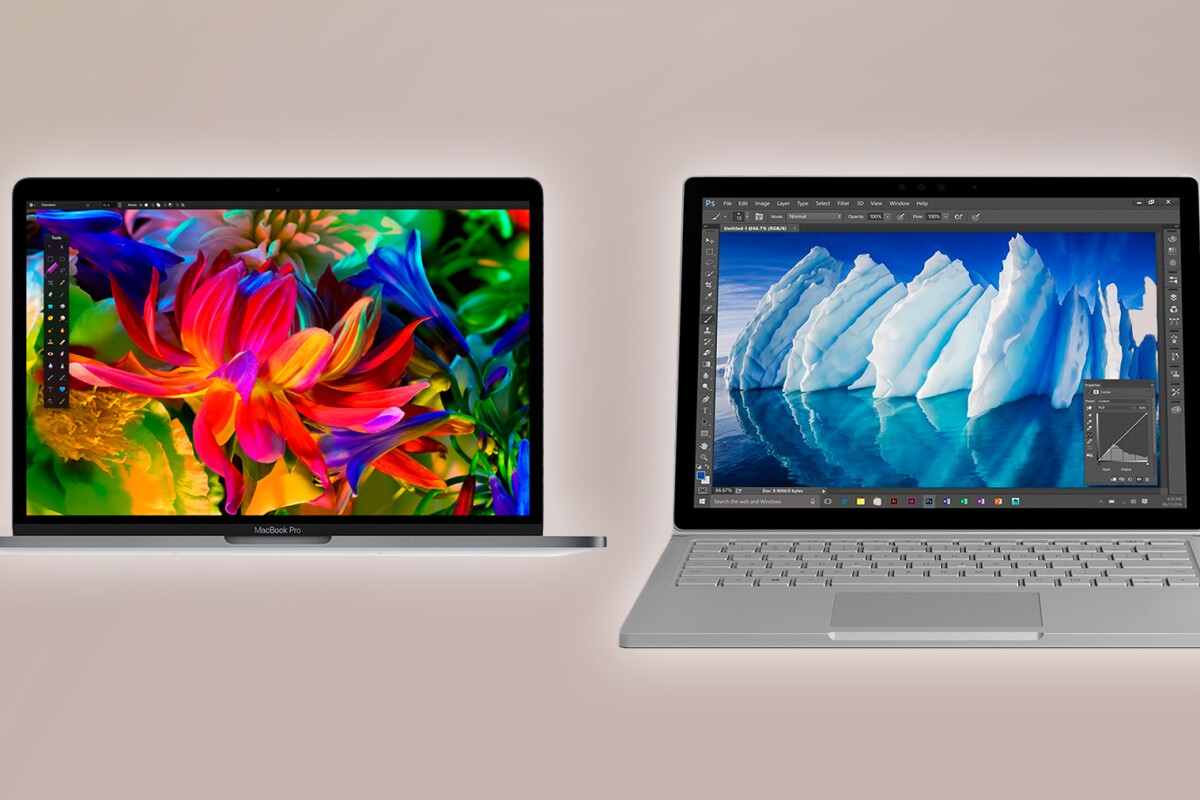

In this article you will find two primary use cases and how to set up your dual monitors when using your MacBook Pro or Air devices with the M1 and M2 base chipsets. If you need multiple monitor support for your Apple's new M2 MacBooks (or have the original M1 MacBook) that only support a single display, Kensington solutions include docking stations and video adapters that enable you to set up multiple displays quickly. While the M2 chipset takes the capabilities of the M1 chipset even further, there are still display constraints on the base chipset. Apple users who need multiple monitors to streamline workflows and complete their tasks have struggled to find a solution. Yet, base M1 CPUs are limited when it comes to dual monitors.


Apple M1 Pro supports two external displays, the M1 Max can support up to four external displays, and the M1 Ultra can support up to five monitors with a docking station.


 0 kommentar(er)
0 kommentar(er)
